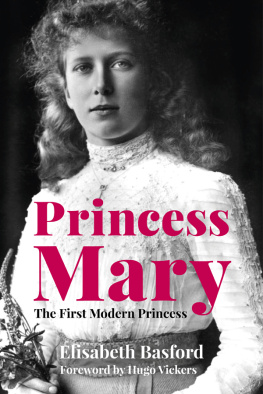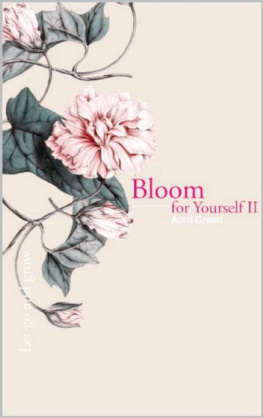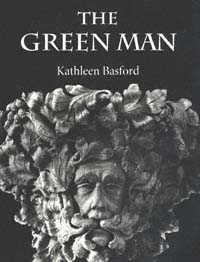| The medieval churches and cathedrals of Western Europe are full of fantastic images. This is the story of one of them the foliate head, a face or mask with leaves sprouting from it which we, in Britain, nowadays call the Green Man.1,2,3,4 |
| The Green Man is probably the most common decorative motif of medieval sculpture that has been left to us. It can be found on roof bosses, capitals, corbels, fonts, tombs, tympana, screens, bench ends, poppy heads, misericords and arm rests. It was a remarkably adaptable motif: it could be manipulated to fit any space or position where ornament was required. It could be introduced to enrich, enliven and bring variety into a scheme of leaf decoration and there provide, like a fantastic flower, a focal point of interest, or it could be made to blend into its leafy surroundings so inconspicuously that only the most perceptive eye could distinguish it from pure foliage. It would be used to form a centre for a discrete leaf cluster or a source from which long sprays of foliage might flow out as water from the head of a fountain. The idea of a face in the leaves could excite an imaginative response, and the individual craftsman could improvise on the theme and create his own fanciful variation of the motif. |
| Many of these carvings are sinister. Some of them are powerful fantasies of the eerie and macabre. There are very few benevolent or serenely smiling faces: more typically they frown. The eyes glare balefully or stare, unfocused, into space, full of dark foreboding. Sometimes the eyes are squinting, the expressions suggesting various levels of inebriation; bellicose, morose, even comatose, but seldom jocose. Sometimes, the faces are partially or almost wholly hidden behind the leaves they bear, secret faces, peering through gaps in the foliage. |
| It was the discovery of such faces under the leaves, carved on roof bosses in the Lady Chapel of Ely Cathedral that first suggested a resemblance to the Green Man, or Jack in the Green, peeping through the leaves with which he was covered when he played his part in the ceremonies on May Day.5 |
| Although the Jack in the Green explanation cannot be stretched to fit and cover every example of the motif as it was used in the Middle Ages (it may not even precisely fit any of them), the image does, in fact, display at least one Green Man characteristic, namely, his power of revival and regeneration. |
| Images may pick up many different ideas during the course of time. They can evolve and diversify as they are exposed to different cultural climates and as they catch the imagination of the particular individuals who use them. Visual images, no less than written documents, can give valuable insights into the thoughts, ideas and even dreams of people who made them.6 |
| The foliate head attracted many different ideas into its sphere during its long history and each example can be studied as a historical document, reflecting some of the thoughts that shaped it at a particular place and at a particular time, and also as a personal document, left to us by an individual craftsman who, though he may have sometimes been an illiterate man, unable to put his thoughts and feelings into writing, could express the strangest and most subtle ideas in his carving. |
|












